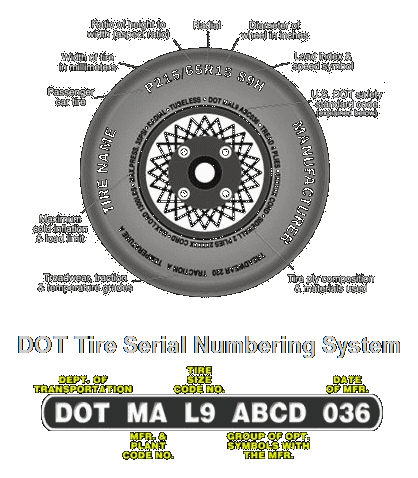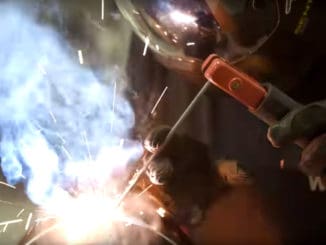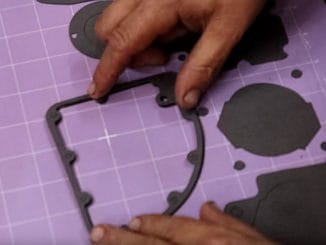
Plus Sizing your wheel and tire combination was designed to enhance vehicle performance and appearance by allowing fitment of larger diameter rims and lower profile tires. The theory is that while making these changes, you keep the overall tire diameter within 3% of the original equipment tires. This is important because larger variances can cause problems with transmission shift points which can decrease fuel mileage. It can also confuse braking system computers which can even lead to brake failure, as well as cause inaccuracies in your speedometer.
 Changing to a wider tire requires reducing the aspect ratio (the second number in the sequence of numbers that describes the tire’s size). Since the aspect ratio is a percentage which is used to calculate the height of the tire’s sidewall, if follows that if a larger number is used for the width, a smaller number must be substituted if the final result is to remain the same – which is the objective of Plus Sizing.
Changing to a wider tire requires reducing the aspect ratio (the second number in the sequence of numbers that describes the tire’s size). Since the aspect ratio is a percentage which is used to calculate the height of the tire’s sidewall, if follows that if a larger number is used for the width, a smaller number must be substituted if the final result is to remain the same – which is the objective of Plus Sizing.
Common Rules of Thumb for Plus Sizing:
- Changing to a wider tire size while using the same diameter wheel.
- Increase section width by 10mm
- Decrease aspect ratio by 10 points
- Increase rim diameter by 1 inch
- Increase section width by 20mm
- Decrease aspect ratio by 20 points
- Increase rim diameter by 2 inches.

Advantages of Plus Sizing
- Stability: Larger tires will generally improve stability, handling and cornering due to larger footprint (contact patch) and stiffer sidewalls.
- Braking Distance: Wider tires can also decrease braking distances required on dry pavement.
Disadvantages of Plus Sizing
- Cost: Larger wheels typically cost more. Wider tires tend to be more expensive.
- Performance: Improvements beyond what is achieved in a Plus One sizing are negligible.
- Ride: Low(er) profile tires generally have stiffer sidewalls, which can effect ride comfort.
- Fuel Efficiency: Larger and wider wheels decreases fuel efficiency and increases consumption.
- Handling: A larger tire footprint can increase the time taken for “return to center” (steering).
- Winter Performance: Wider tires perform worse in winter driving conditions. Narrower tires exert more pressure on the contact patch, maintaining better road contact in winter driving conditions (snow).




